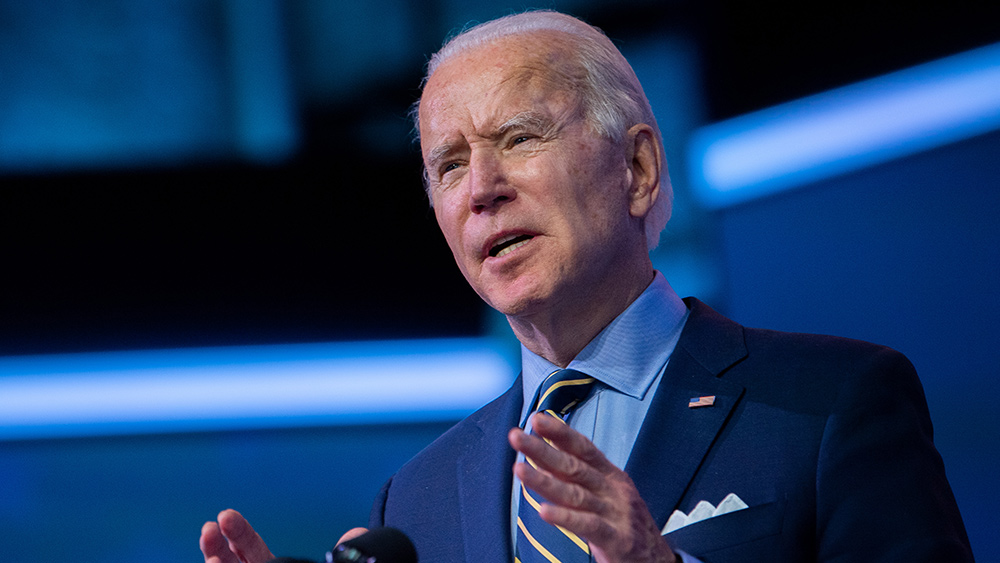6 Charts That Show The Collapse Of Traditional TV, With Streaming Close Behind
Traditional television is dying at an accelerating pace and the "solution" - streaming "skinny" bundles - isn't looking that much better.
The Wall Street Journal reports that more than 1 million consumers canceled their cable TV or satellite subscriptions over the last quarter, marking one of the largest seasonal drops ever.This ratchets up the pressure on traditional pay-TV providers to find new ways to generate revenue and it continues to shine a focus on streaming services and "skinny" content bundles being offered by traditional cable companies.
The WSJ arrived at the same conclusions that we wrote about a few weeks ago: the tactics of traditional cable companies to try and get consumers to switch to their streaming services are not helping stop the erosion of business - an avalanche set into motion by "cord cutters" - and may in fact be making it worse.
Companies like Verizon and AT&T have seen their pay-TV customers fall off at the quickest rate in recent years even though they had the smallest subscriber bases to start with. Overall, satellite operators like DirecTV and Dish have lost the most customers. These firms are said to be more vulnerable to subscriber losses because they don’t provide internet access, like many traditional cable providers. Internet is, of course, still in demand.
Research from MoffettNathanson has found that more than 10 million US homes have either cut the cord or have never even subscribed to a pay-TV company in the first place since 2010, which is when the share of households with traditional cable service "peaked."
To combat this, companies like Dish have launched their own online video streaming services offering a select group of channels, "skinny" bundles, which are growing – but at a decelerating rate and not quick enough to offset the decline coming from the traditional TV business.
Now, traditional cable companies are starting to warm up to embracing services like Netflix and YouTube, once thought to be their competition. For instance, Comcast now offers access to both of these services through their new set top box. They are also offering availability to Amazon Prime.
Still, competition remains robust as companies like Sony, Alphabet and FuboTV are all in the market for these "skinny" bundles of content and they’re all growing quickly. Despite this, these types of bundles don’t generate the higher margin profits that pay-TV brings; in fact in order to capture market share, they are frequently offered far below cost resulting in even greater losses for media companies.
We recently highlighted that it wasn't just cable that is "cratering": streaming TV growth has also slowed and recent trends have been ominous. Dish's Sling TV signed up just 26,000 new subscribers in the third quarter after attracting 41,000 in the previous three months and 91,000 prior to that. In aggregate, the company lost 341,000 customers in the third quarter. DirecTV Now added 49,000 subscribers last quarter after signing up 342,000 customers in the prior three months.
YouTube TV added about 100,000 customers over the past two quarters, after signing up 125,000 in the first quarter of this year. Hulu attracted 175,000 new viewers last quarter after signing up 200,000 in the two quarters prior to that, according to estimates.
In short: growth has hit a wall, even for these consumer-friendly services.
Meanwhile, the "unthinkable" scenario of supersaturation - or simply just more debt laden Americans on a budget that need to cut back - linger as an obvious explanation for the recent peak in growth.
Matthew Niknam, an analyst at Deutsche Bank, estimates that the profit margins of "skinny" bundles are about -6%, versus the 38% margins for traditional pay-TV. Thus, the basis of its appeal to the consumer. Yet if media giants can't even grow product lines which are "loss leaders", what hope is there for future industry growth?








